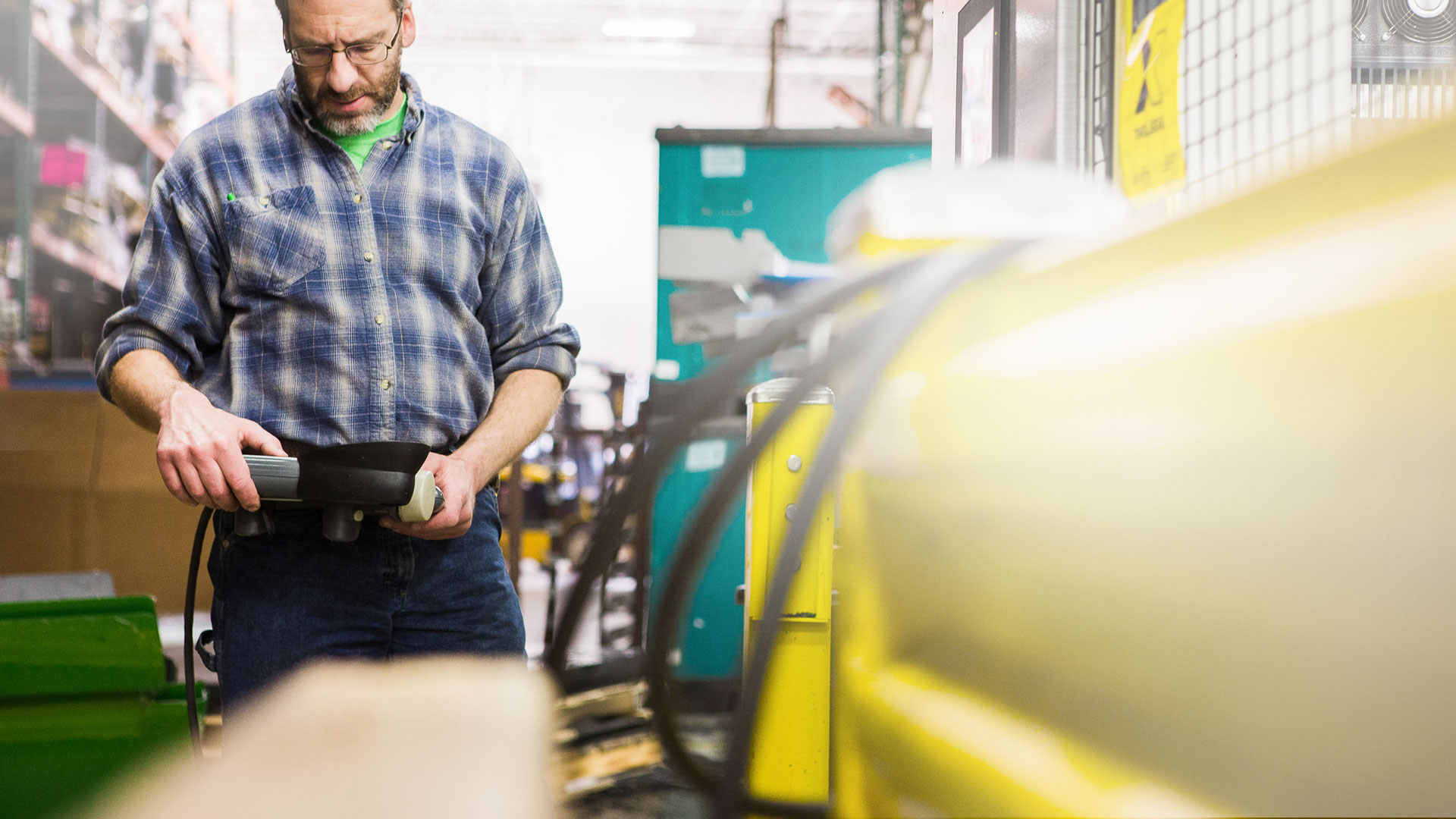From developing the first 9-axis automated trimmer in North America to implementing a Kanban system, the more efficiently we operate, the better we can serve our customers.
Forming Equipment
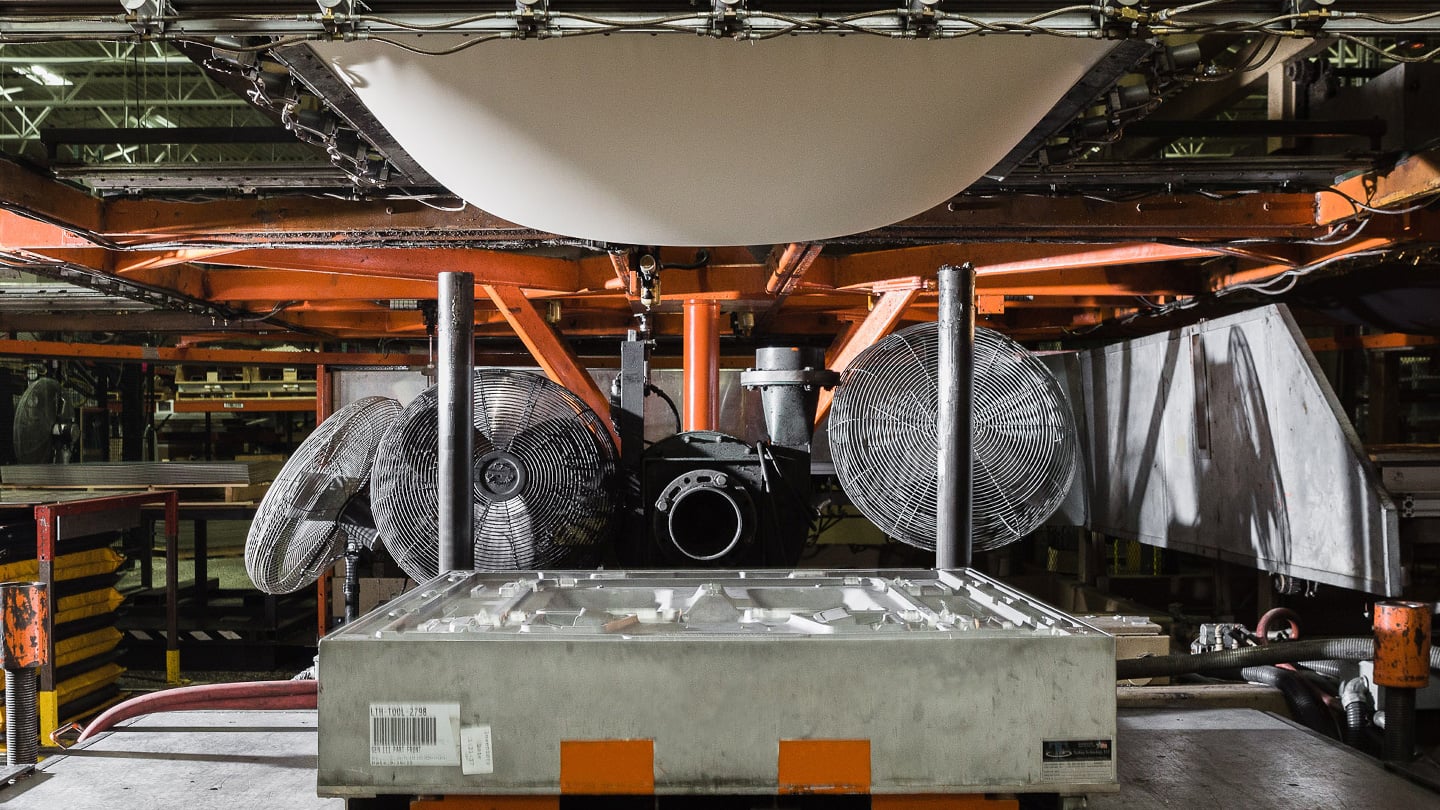
Taking thermoforming from an art to a science is about understanding the relationship between man and machine. You can have some of the most advanced machines in the world (and we do), but if your people don’t understand how to properly use them, your quality and efficiency will suffer. To that end, we custom designed and built universal interfaces for every single one of our thermoformers, so that any person trained on one machine can work on any other machine.
But it doesn’t stop there. Our entire arsenal of rotary and single station thermoformers utilizes the latest technology in software and controllers. This ensures a quality vacuum, pressure or twin-sheet molded part is produced on a consistent basis each and every time. Hampel’s equipment is maintained and updated to incorporate the latest upgrades in software, heating science and mechanical requirements. This assures Hampel’s commitment to being the leader in forming of new and improved materials to meet every application.
Lean Manufacturing
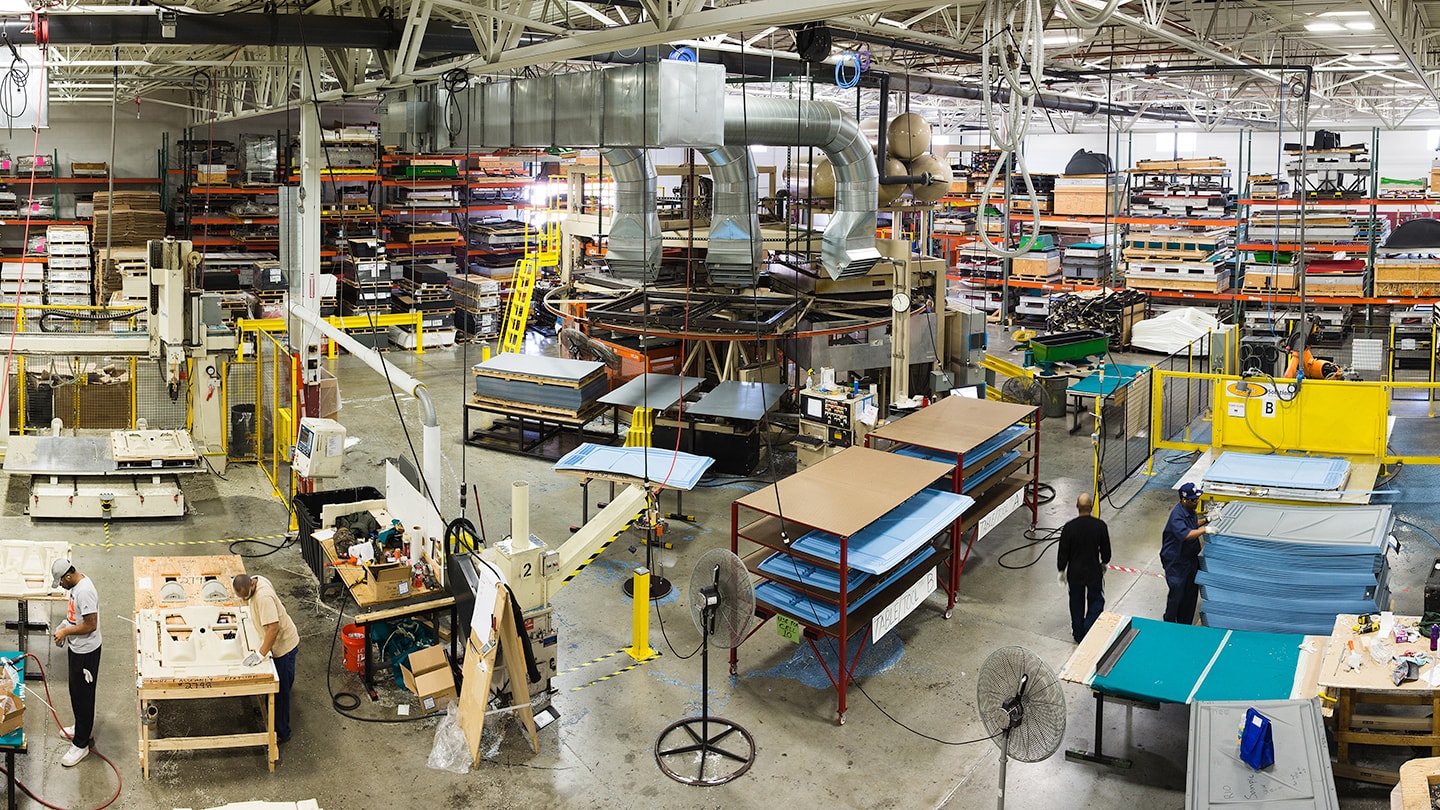
Lean manufacturing is one of those things that’s pretty much expected nowadays. Still, though, we take it very seriously and do it better than most. Non-value-added activities are systematically identified and eliminated, and all of our manufacturing cells are configured for continuous flow. Other tenets of lean, including 6S, value stream mapping and Kanban, are employed daily. If lean is a journey, we’re kind of like the trail guide.
Vacuum Forming
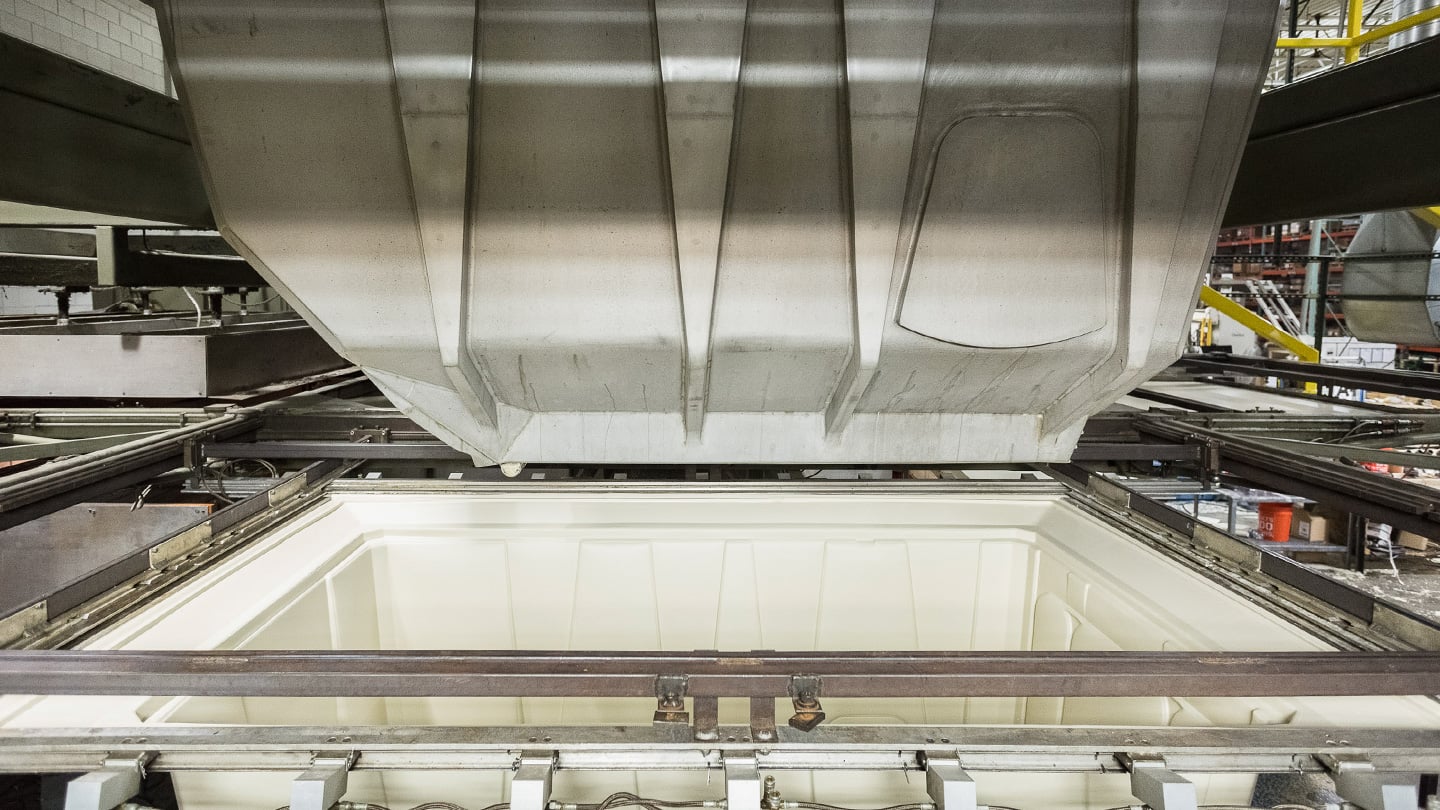
Gone are the days when vacuum forming was limited to imprecise details, dull finishes and limited draw sizes. With more than four decades of experience, we’re doing things with thermoforming that were previously only possible with injection molding, fiberglass or metal — all at significant cost savings and reduced time to market.
Embossed logos. Premium gloss finishes. Structural foam insulation. Steel inserts. Deep draws. Color matching. If you can imagine it, we can make it a reality.
Vacuum forming is the basic process of evacuating the air between a heated sheet of plastic and the mold. Most molds are aluminum castings providing low tooling costs and design flexibility to produce common parts. Truck bed liners, belt shields and motorcycle fairings are just a few of many applications.
Twin Sheet Forming
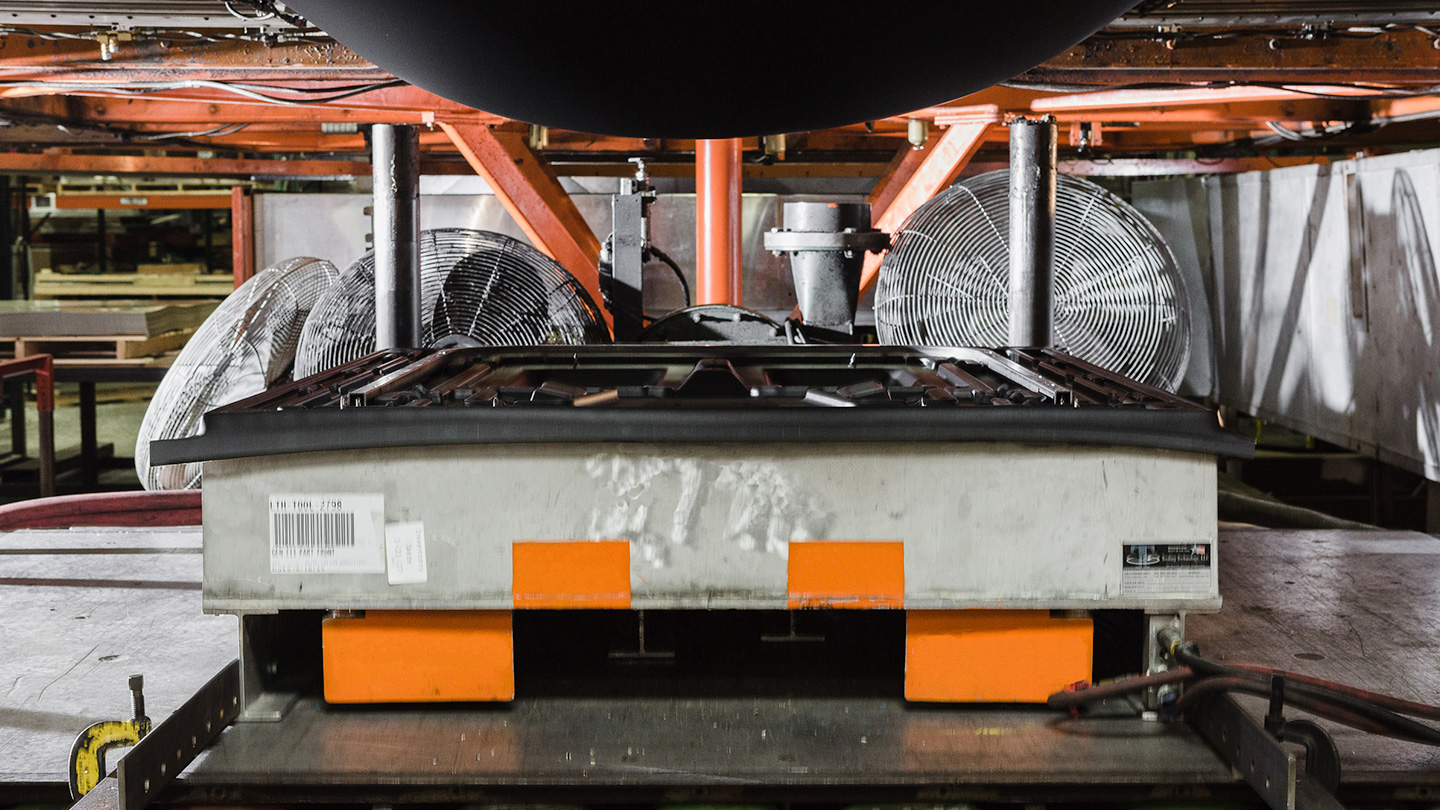
Twin sheet forming provides a whole new realm of possibilities in bringing your vision to life. With twin sheet forming, we can encapsulate metal components, produce parts with different colors on each side and encapsulate insulation for substantial increases in structural strength and thermal insulation.
Twin sheet forming provides hollow or structurally sound parts with many advantages over other processes such as blow molding or rotational molding. Twin sheet parts can be prototyped off temporary patterns prior to producing production tooling, thus allowing a design to be tested with an actual part.
We also developed a patented, selective twin sheet forming process that adds a formed backing sheet only where it’s needed. As described in our Waste Management case study, this process gives customers a competitive advantage by keeping costs down while reducing weight and adding strength. Why pay for extra material if you don’t need it?
Pressure Forming
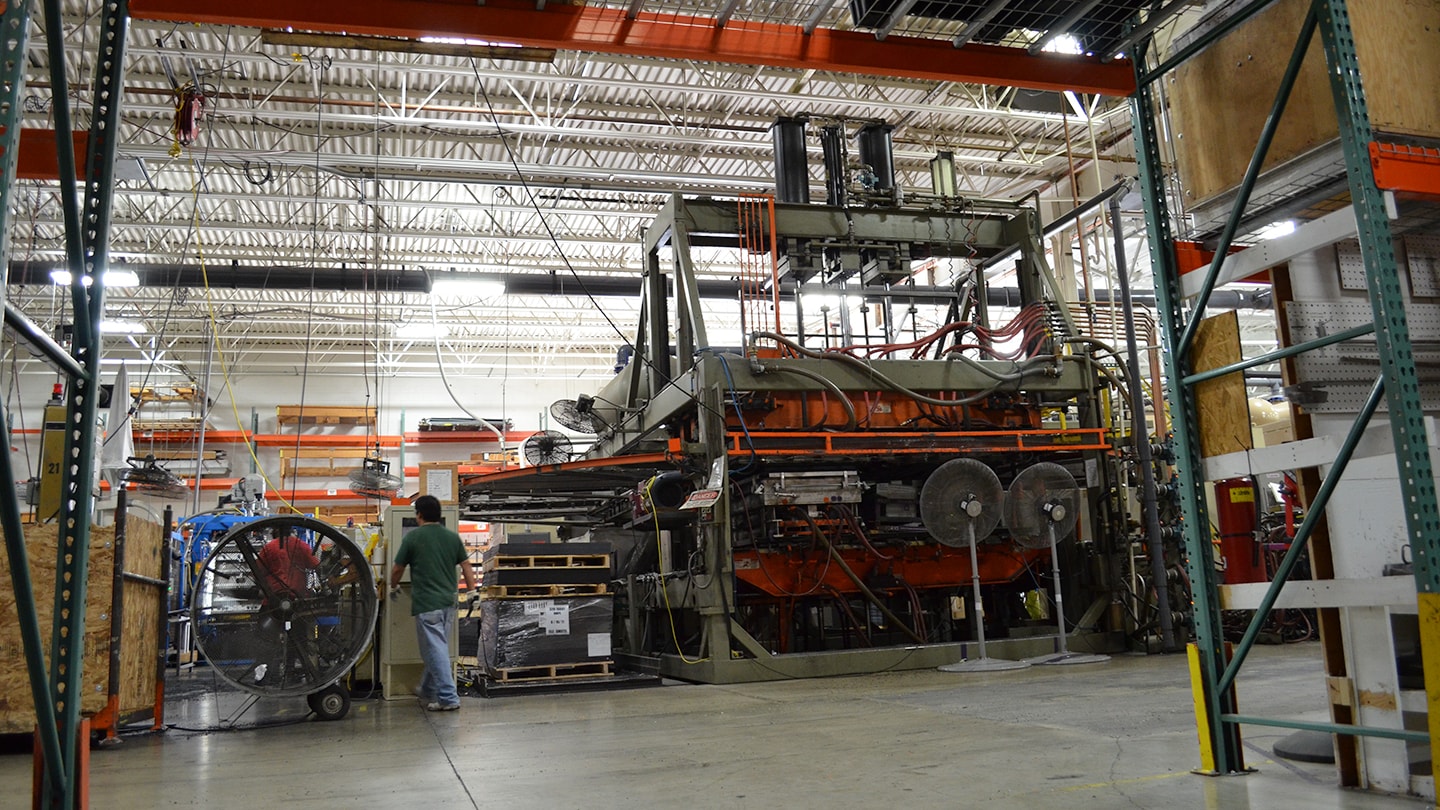
Pressure forming takes vacuum forming to a level of precision and detail previously only available at a much higher cost through injection molding. Ideal for embossing company logos, adding stiffening ridges and textured surfaces, pressure forming involves the application of pressure to the backside of a thermoformable sheet of material. Additional force is then applied, above what vacuum can provide, to enable the material to conform very precisely to the mold surface. The part takes on the detailed appearance of an injection-molded part, but at significantly lower tooling costs.
Services
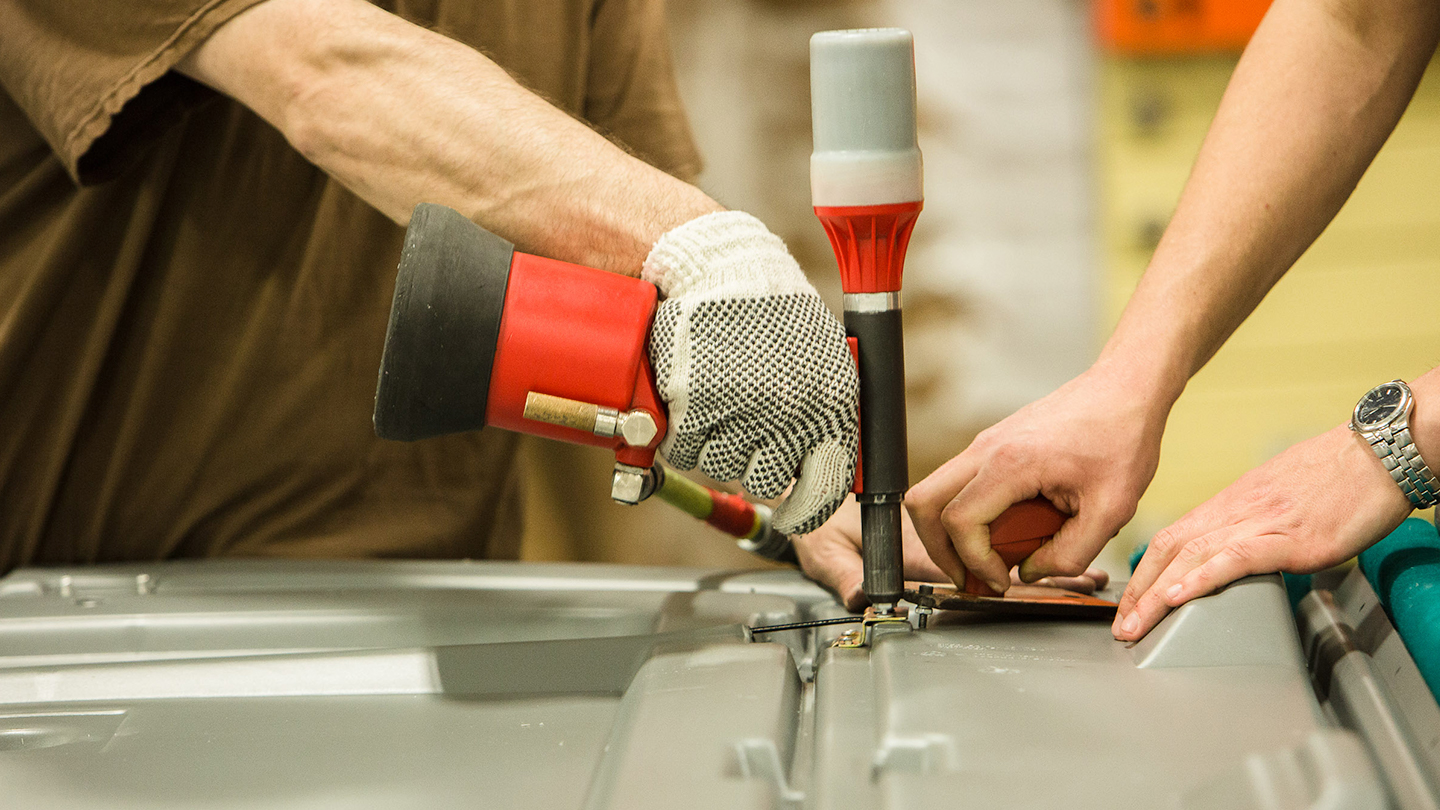
Oh, you want that steak served on a plate!? Sounds ridiculous, right? Well, we believe it’s just as silly to offer you thermoformed components without a full complement of related services as it would be for a restaurant to plonk down a finely cooked steak on your table without a plate.
With so many manufacturers focused on supply chain consolidation, Hampel has the resources and agility it takes to meet the demands for a widening array of secondary operations. Our value-added services include assembly, adhesive bonding and decal application, just to name a few. Additional services include:
- Assembly
- Adhesive Bonding
- Decal Application
- Kitting / Packaging
- Kanban
- Bar Coding
- Electronic Data Interchange (EDI)
- Logistics
- Design and engineering services
- Pattern and tool design capabilities
Deep Draw / Large Parts
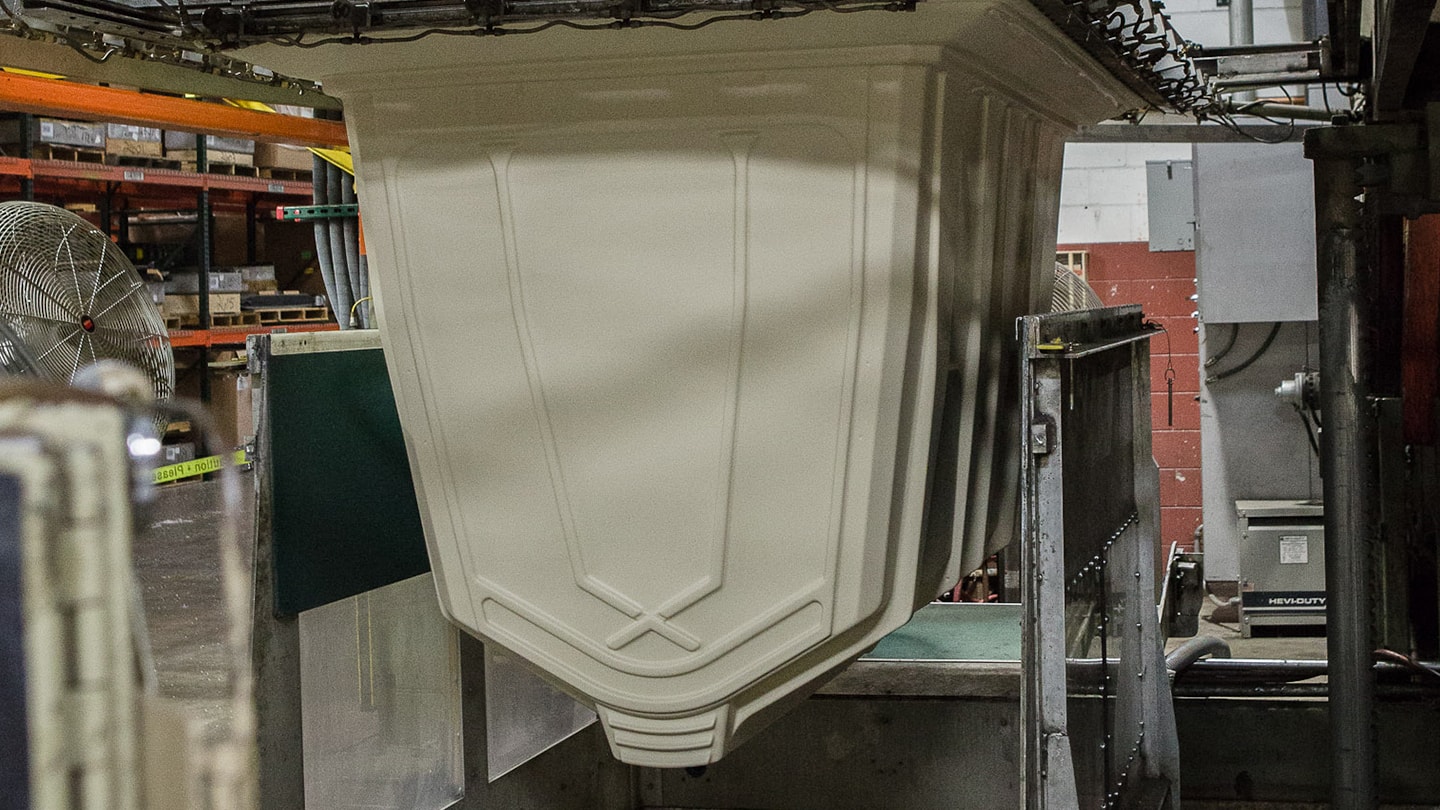
Another thermoforming barrier we’ve overcome is that of the deep draw. Yielding new possibilities in what can be achieved with a single sheet of plastic, our deep draw process creates solid parts that previously needed to be built out of two or three individual components, which added time, materials and cost to the product. We have the ability to form large parts up to 7’ x 11’ x 70” deep—leading the industry in deep draw capabilities.
When the ratio of the area of the fully molded part is more than two times that of the area of the flat unmolded sheet, the part is defined as deep draw. For example, at a 2:1 ratio, a 1⁄4” starting gauge sheet will yield a finished nominal part thickness of 1/8”. Although Hampel produces many deep draw parts, the best example of this process is Hampel’s own Calf-Tel brand of calf housing, which reflects an actual 3:1 draw ratio.
Cosmetic Parts
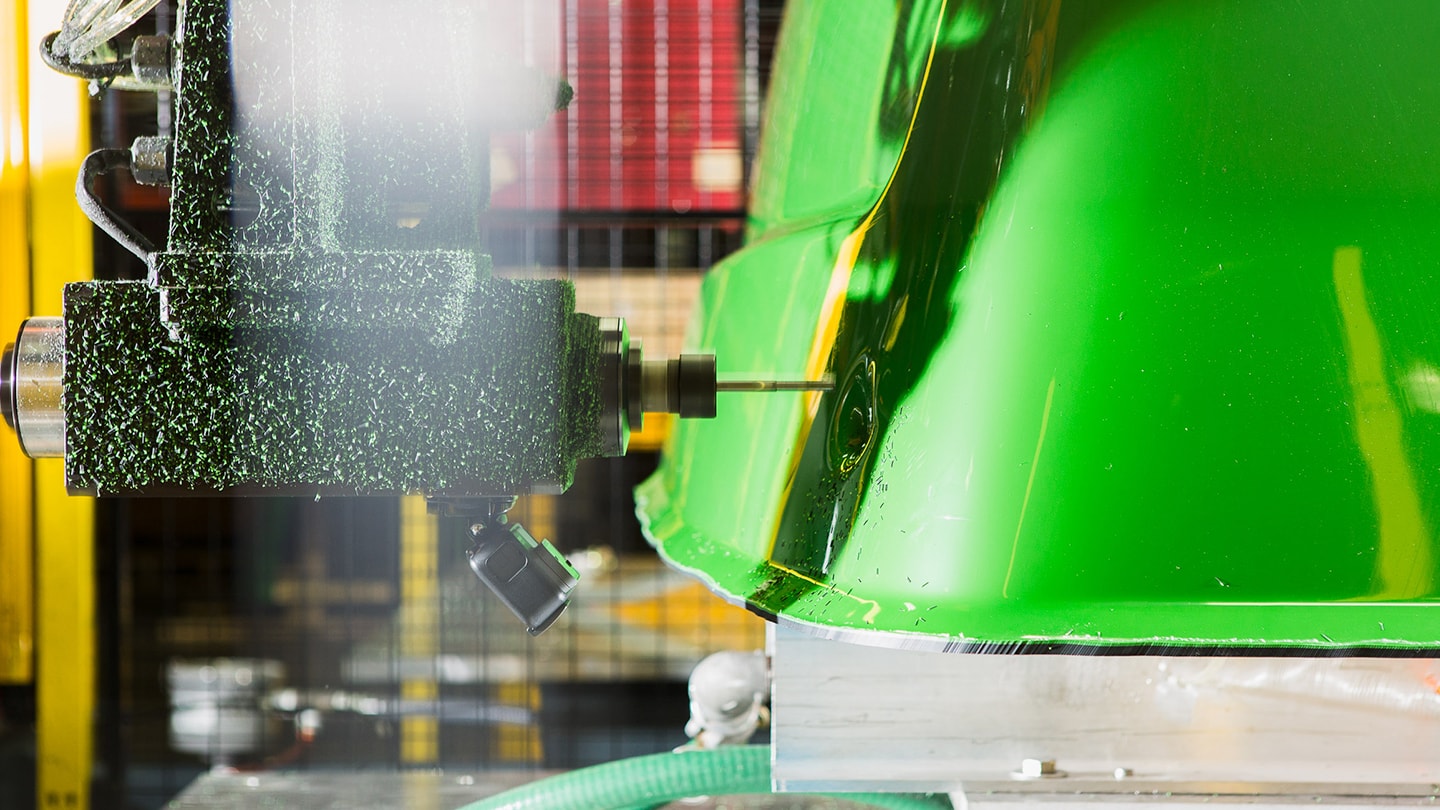
We’re kinda proud of what we can do with thermoforming, so we like to show it off. And sometimes that means the surface finish needs to be flawless and glossy. Body panels for tractors, lawn mowers, motorcycles and more are possible with our cosmetic capabilities.
The ability to process cosmetic materials requires special forming, trimming and handling techniques, but with more and more customers requesting “premium gloss” or cosmetic appearances, we’ve made it a core competency. These specialized capabilities result in a finished part supplied to the customer eliminating the need for painting and other secondary processes while providing surfaces that are both durable and weatherable.


